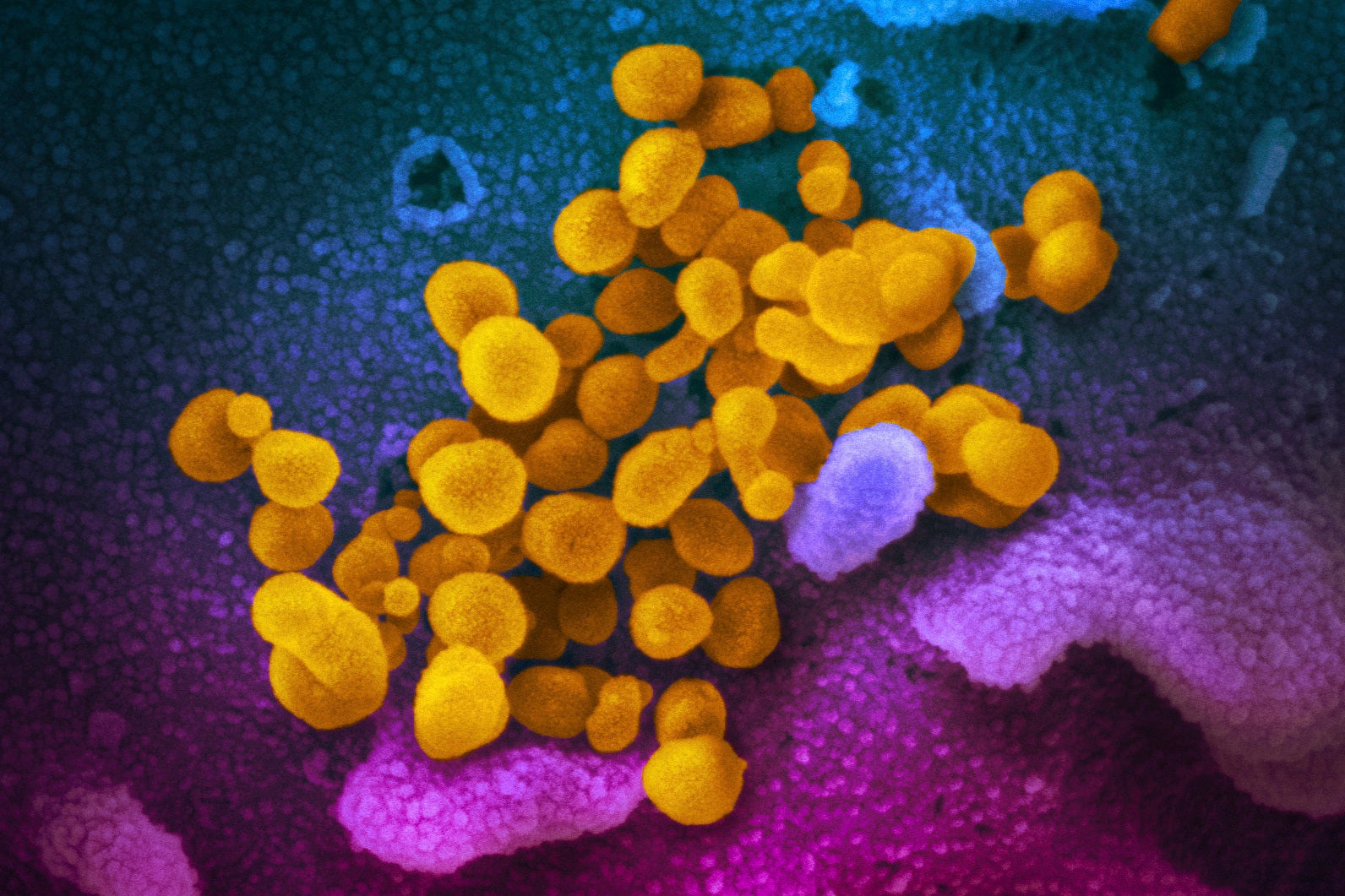Everything we know about EG. 5, the Covid subvariant dominating the US
Hospital admissions from coronavirus up 12.5 per cent for the week ending 29 July
Your support helps us to tell the story
From reproductive rights to climate change to Big Tech, The Independent is on the ground when the story is developing. Whether it's investigating the financials of Elon Musk's pro-Trump PAC or producing our latest documentary, 'The A Word', which shines a light on the American women fighting for reproductive rights, we know how important it is to parse out the facts from the messaging.
At such a critical moment in US history, we need reporters on the ground. Your donation allows us to keep sending journalists to speak to both sides of the story.
The Independent is trusted by Americans across the entire political spectrum. And unlike many other quality news outlets, we choose not to lock Americans out of our reporting and analysis with paywalls. We believe quality journalism should be available to everyone, paid for by those who can afford it.
Your support makes all the difference.A new variant of Covid-19 that now accounts for almost one-fifth of cases in the United States is causing a small rise in hospitalisations, health officials have warned.
Officially known as EG5, the strain accounted for 17.3 per cent of American cases as of 5 August, up from 7.5 per cent in the first week of July and surpassing a number of Omicron descendants like XBB.1.16 (15.6 per cent of cases), XBB.2.23 (11.2 per cent) and XBB.1.5 (10.3 per cent).
The EG5 strain’s emergence comes at a time when the US is seeing an increase in hospital admissions with coronavirus, its first significant uptick since December 2022 .
The Centers for Disease Control and Prevention (CDC) recorded a rise of 12.5 per cent for the week ending 29 July as 9,056 more people were taken ill with the respiratory disease nationwide, likely the result of increased summer socialising, waning immunity and precautions being allowed to lapse.
“It is ticking up a little bit, but it’s not something that we need to raise any alarm bells over,” Dr David Dowdy, an infectious disease epidemiologist at Johns Hopkins Bloomberg School of Public Health, told the Associated Press.
The next tranche of biweekly figures from the CDC will shed further light on the extent of the spread when they are released in the coming days.
However, data is limited as many states stopped reporting positive case rates when the Biden administration ended the Covid public health emergency in May.
Around 500 to 600 people in the US have died each week from Covid since June, according to the CDC.
A social media thread by Professor T Ryan Gregory of the University of Guelph in Ontario, Canada, warning about the threat posed by a particular subvariant of the lineage, EG5.1, nicknamed it “Eris” and prompted a revival of concern about the prospect of a fresh surge in infections.
Professor Gregory said that EG5.1 “isn't super notable in terms of specific mutations and is not even the fastest new XBB variant, but it is increasing quickly in frequency and is one to watch even if it's not expected to cause a large wave”.
The World Health Organisation (WHO) only placed the EG5 lineage on its “variants under monitoring” list on 19 July and dates its earliest documented samples back to 17 February this year, underlining the relative swiftness of its emergence since its discovery in Indonesia that month.
Experts have suggested that the lineage is profiting from a “slightly beneficial mutation” that is giving it an advantage over its competitor variants as it seeks to spread.

They also suggest there is little difference in symptoms and severity between the various strains currently doing the rounds while conceding that it has become increasingly difficult to distinguish subtle deviations because surveillance of the virus is so much less thorough than it was at the height of the pandemic.
In the UK, where Eris has also made ground, the Zoe Health Study has indicated its symptoms are similar to those of Omicron, which include a runny or stuffy nose, headaches, fatigue, sneezing, sore throats, coughing and changes in the patient’s sense of smell.
The CDC’s advice on what to do if you should return a positive result on a lateral flow test has not changed, with citizens instructed to stay at home and isolate from others in a well-ventilated space, wear a mask when encountering others, practice good hygiene, get plenty of rest and seek out over-the-counter pharmaceutical treatments to help manage the symptoms.
It is also recommended that you keep up to date with vaccine and booster shots, which are again being modified to counteract the latest strains in time for the fall flu season.
“While the emergency of Covid has been lifted and we’re no longer in a crisis phase, the threat of Covid is not gone. So, keeping up with surveillance and sequencing remains absolutely critical,” Dr Maria Van Kerkhove, the WHO’s technical lead for the virus, said in a press conference on 26 July, a timely reminder that it still poses a danger, however much we might prefer to forget about it.




Join our commenting forum
Join thought-provoking conversations, follow other Independent readers and see their replies
Comments